About
Graz
Graz, Styria Gradac, Graz or Gradac is the second largest city in Austria and state capital in Styria, about 200 km (120 mi) southwest of Vienna (Wien). Graz is situated on both sides of the Mur river in southeast Austria. The nearest larger urban centre is Maribor (Marburg) in Slovenia, which is about 50 km (31 mi) to the south. In Slovene the word gradec means “small fortress”. This word developed throughout the years, becoming Gratz at first and then Grätz. The name eventually turned into Graz in German.
Its historic centre (Altstadt) is one of the best-preserved city centres in Central Europe. Graz is striking for its well-preserved medieval and Italian renaissance buildings. The Old Town of Graz has over 1,000 different architectural styles of works, from Baroque to modern style. In 1999, the city’s historic centre was added to the UNESCO list of World Heritage Sites and in 2010 the designation was expanded to include Eggenberg Palace (German: Schloss Eggenberg) on the Western edge of the city. Graz was designated the Cultural Capital of Europe in 2003 and became a City of Culinary Delights in 2008.
Main Square (Hauptplatz)
Hauptplatz is the main square and also the historical center of the city, where there is also the Rathaus (Town Hall), where trams and many shops are located.
Its historic centre (Altstadt) is one of the best-preserved city centres in Central Europe. The Old Town of Graz has over 1,000 different architectural styles of works, from Baroque to modern style.
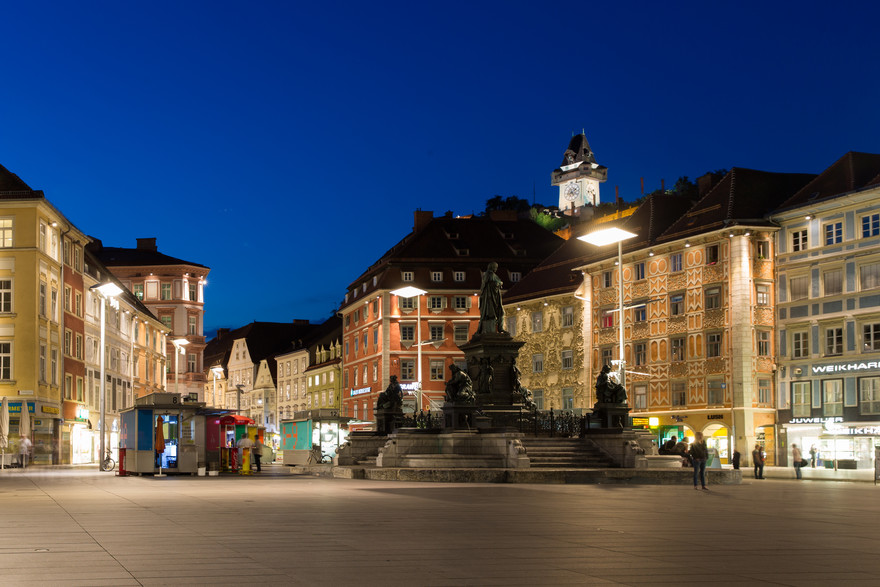
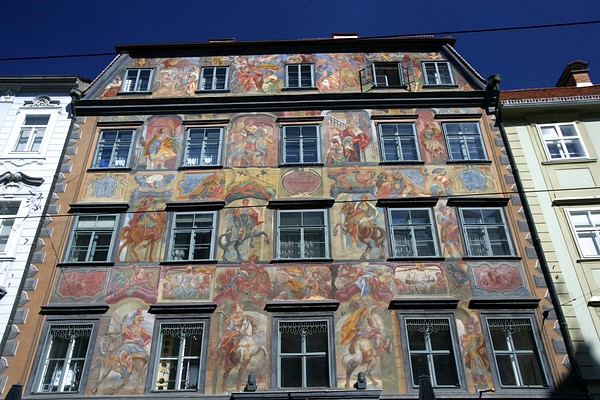
The Old Town (Altstadt)
In 1999, the city’s historic centre was added to the UNESCO list of World Heritage Sites and in 2010 the designation was expanded to include Eggenberg Palace (German: Schloss Eggenberg) on the western edge of the city. Graz was designated the Cultural Capital of Europe in 2003 and became a City of Culinary Delights in 2008.
The Clocktower (Uhrturm)
The most striking city’s attractions is the Uhrturm. The Tower is built in the 13th century and renovated in the form as it has today in the 16th century. Being an top of Schlossberg it has become the symbol of Graz. The fire bell (1645) is one of three bells still hanging on the outside of the Clock Tower.
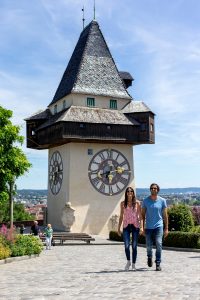
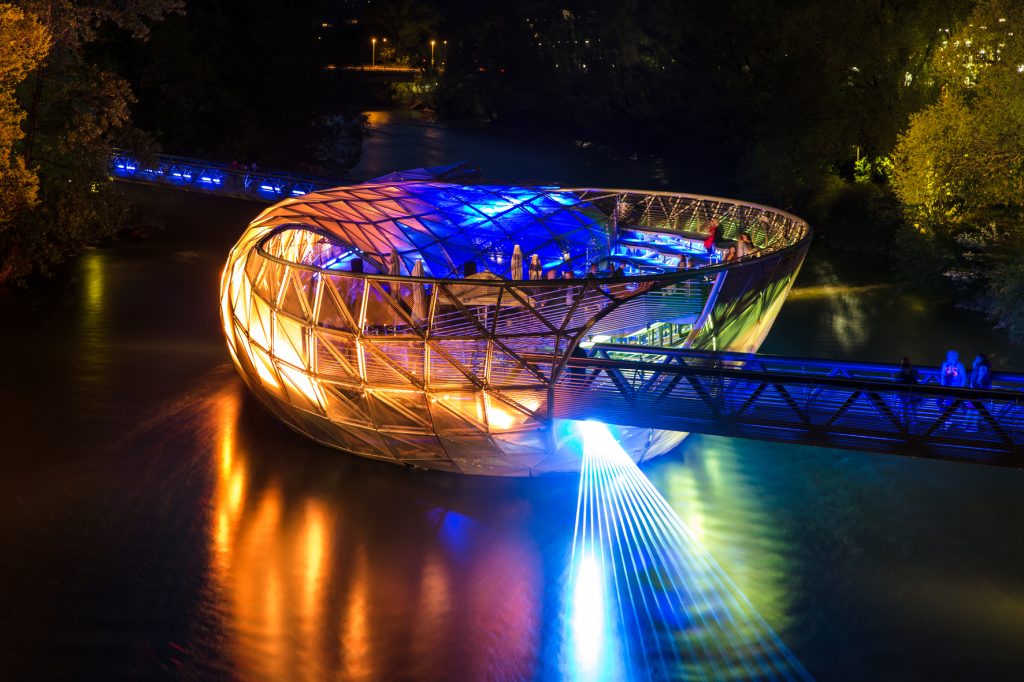
Murinsel (Island in the Mur)
On the river Mur there is also an artificial island called Murinsel. It is a bridge between the two banks – dominated by traditional and modern Schlossberg (Schloßberg), where you can first notice Kunsthaus (Museum of Modern Art). The two buildings became at this point the symbols of the city of Graz.
Graz Art Museum (Kunsthaus)
The Kunsthaus Graz, Grazer Kunsthaus, or Graz Art Museum was built as part of the European Capital of Culture celebrations in 2003 and has since become an architectural landmark in Graz, Austria. Its exhibition program specializes in contemporary art from the 1960s onwards.
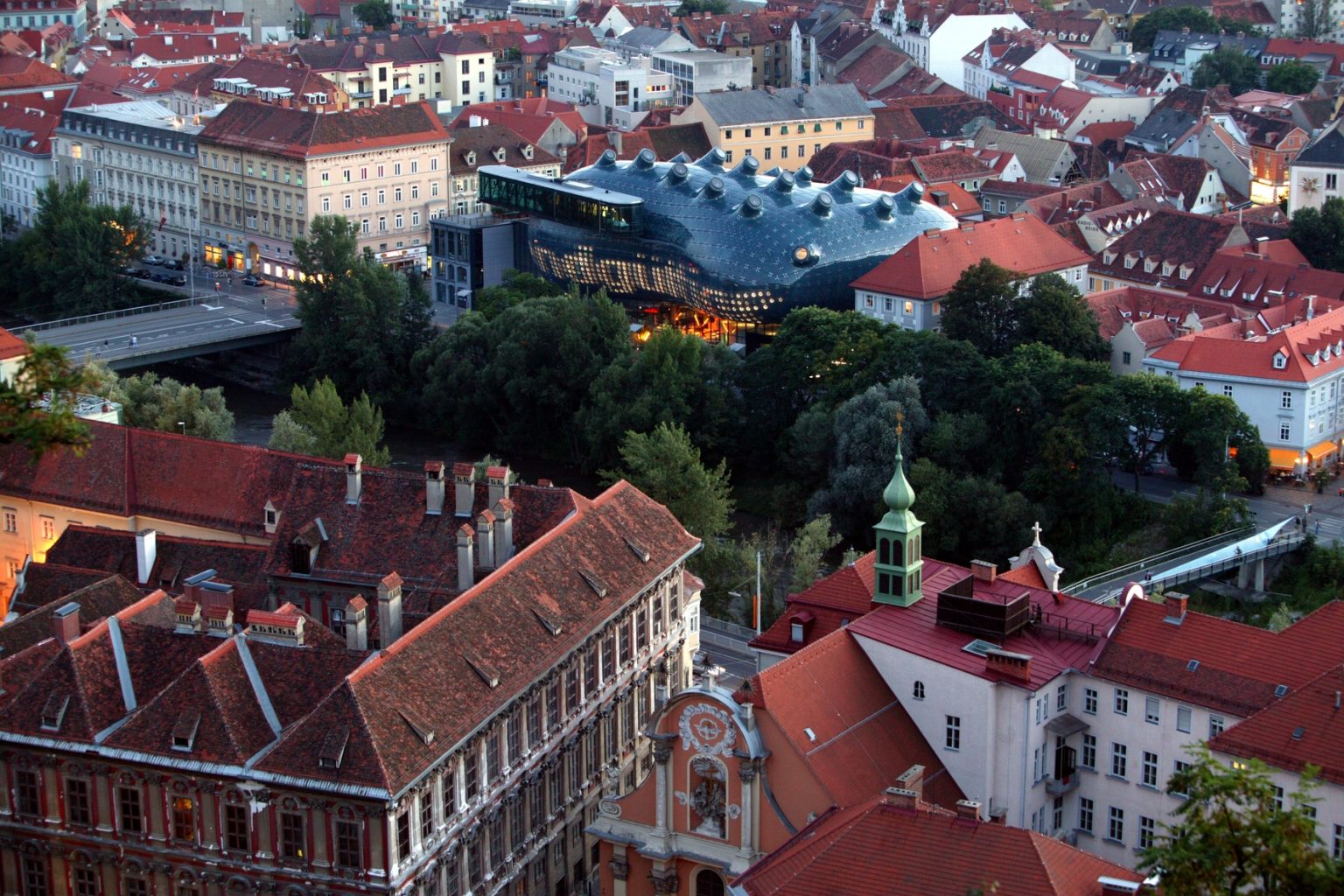
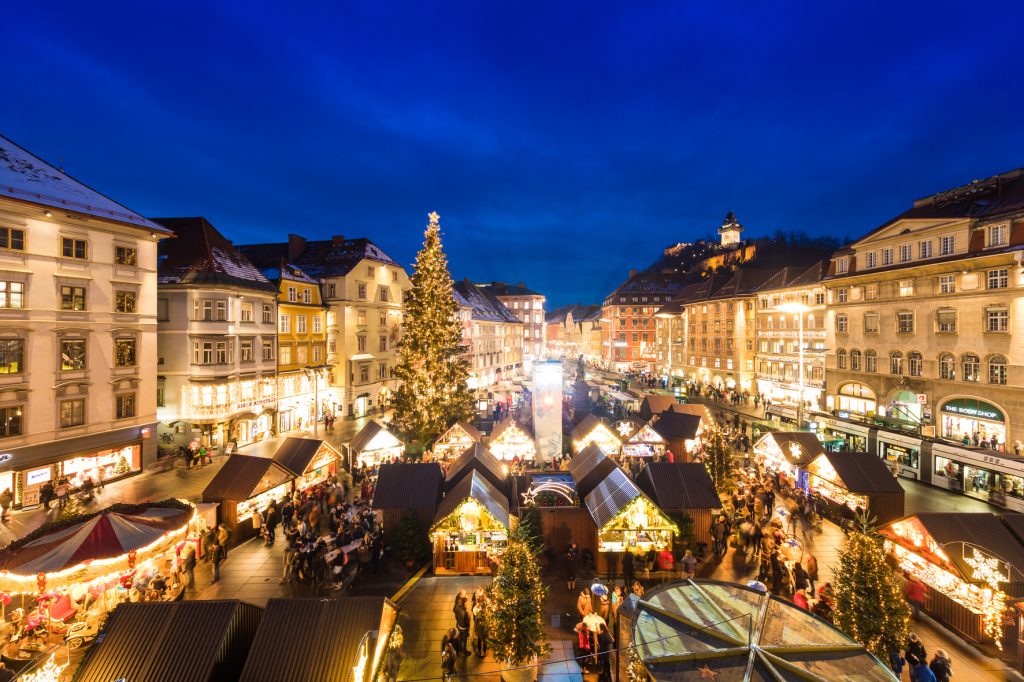
Christmas markets (Christkindlmarkt)
During the holidays, don’t miss the cosy local Christmas markets, where you can sip a warming mug of Glühwein (mulled wine) as you browse the stalls for gifts. Walk along Herrengasse to see the store windows, and turn down any of the small alleys to find a charming café or independent boutique.
Important personalities of Graz
Get to know some of the city’s most important personalities
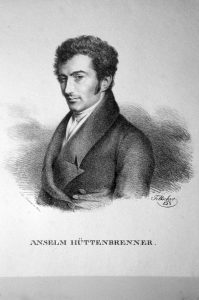
Anselm Hüttenbrenner
Anselm Hüttenbrenner (* 13 October 1794 in Graz; † 5 June 1868 in Graz-Oberandritz) was an Austrian composer and music critic. During his law studies in Graz and Vienna he studied singing and composition and became a pupil of Antonio Salieri in 1815. he became friends with Franz Schubert, with whom he occasionally performed in public.
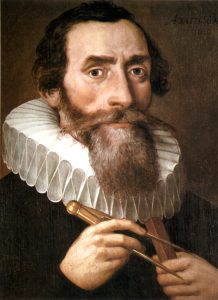
Johannes Kepler
The astronomer Johannes Kepler (*27. Dezember 1571jul in Weil der Stadt; † 15. November 1630greg) lived in Graz for a short period where he worked as a math teacher and professor of mathematics at the University of Graz. The rest of the time was dedicated to astronomy. He left Graz for Prague when Lutherans were banned from the city.
Some facts you didn't know about Graz
Napoleon came and conquered Graz at the end of the 18th century, destroying the castle that used to rise atop the Schloßberg. To save the Clocktower and the bell tower from destruction the citiziens paid 2897 guilders and 11 kreuzer (about 87.000€)
Graz has 11 sister cities: Zadar (Croatia), Dubrovnik (Croatia), Pula (Croatia), Maribor (Slovenia), Pecs (Hungary), Trieste (Italy), Trondheim (Norway), Darmstadt (Germany), Groningen ( The Netherlands), Monclair (USA) and Coventry (UK).
There are even 6 universities (Universität Graz) in Graz, in which for than 80% of foreign students are.
Riegersburg Castle, a mighty fortress that was never taken. It was a bastion against Turkish invasions
Former governor and moviestar Arnold Schwarzenegger was born and raised in the suburbs of Graz. The Arnold Schwarzenegger Museum is also worth a look, and is located in the childhood home of the Austrian-born film star.
During the monarchy, retired public officials would move here to spend their last years in retirement, seeking a life that was quieter than in Vienna.That’s why Graz used to be called “Pensionopolis” (Pension = retirement).
Survival German
Hallo, wie geht es dir?
Entschuldigung, können Sie mir helfen?
Entschuldigen Sie, wie komme ich zum…?
Magst du Musik? Ich mag klassische Musik, das ist meine Gitarre
Do you like it here? – Gefällt es dir hier?
Please do visit me sometime! – Komm mich einmal besuchen!
Here is my adress! – Hier ist meine Adresse!
